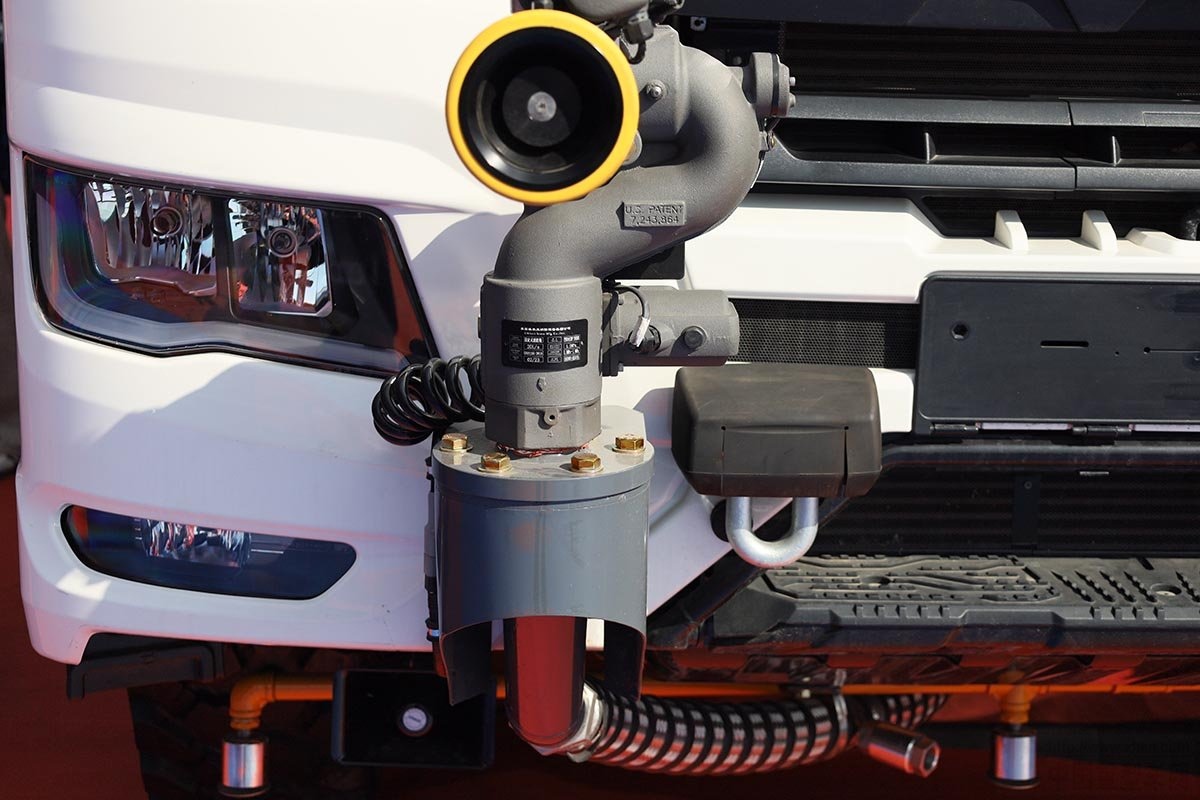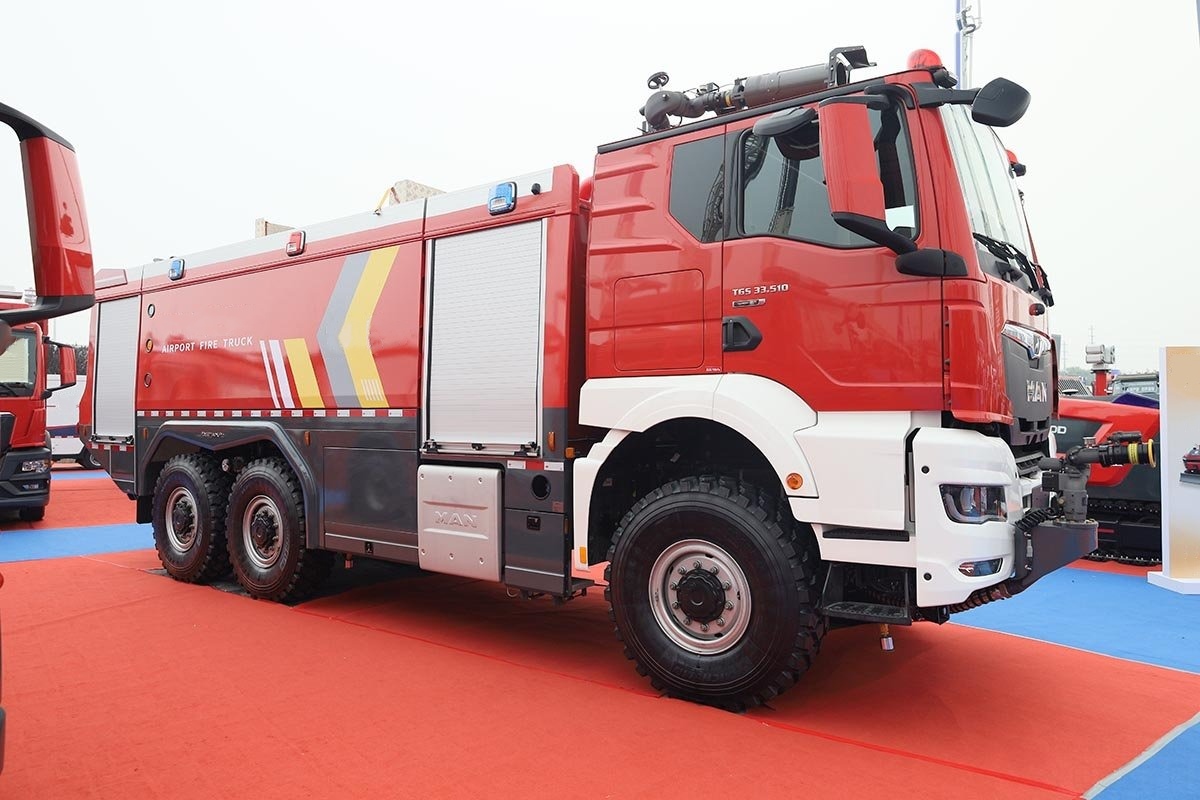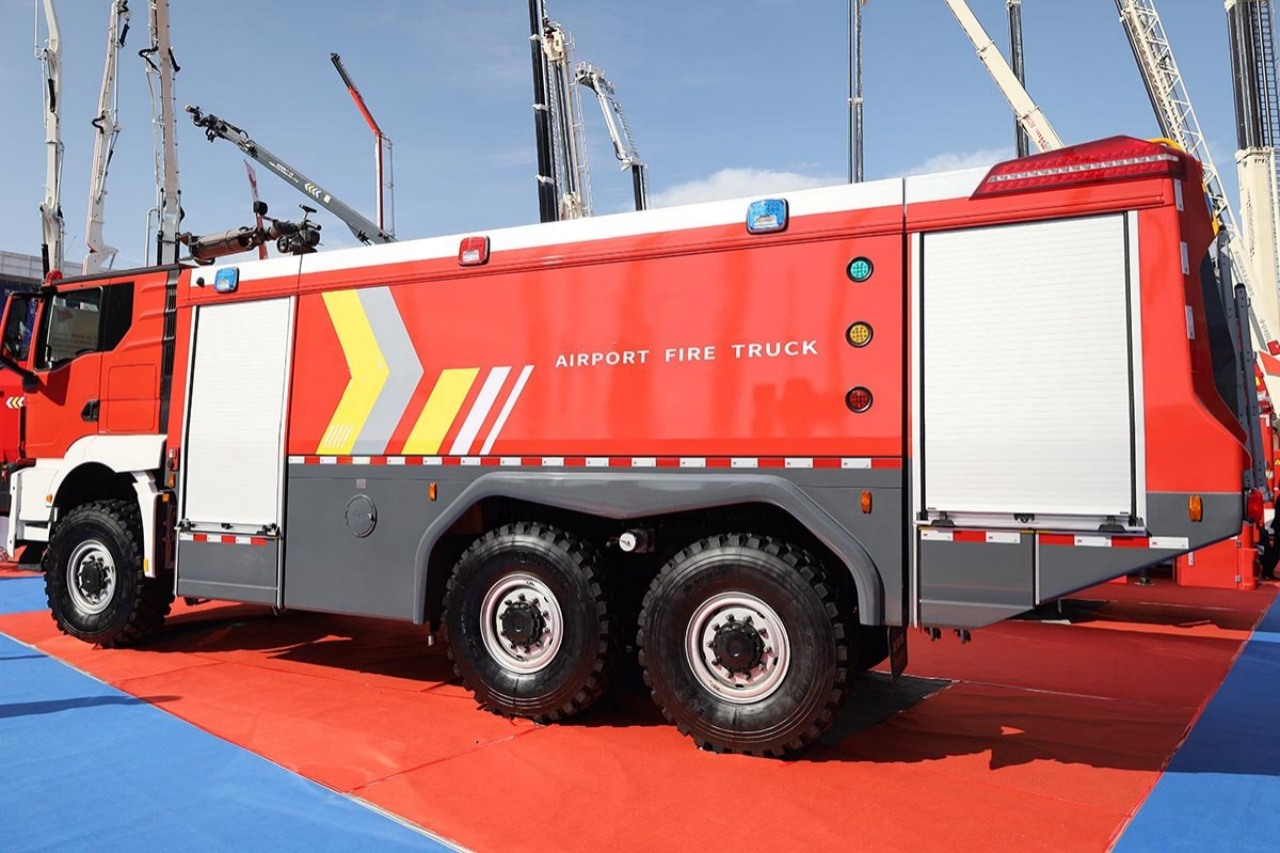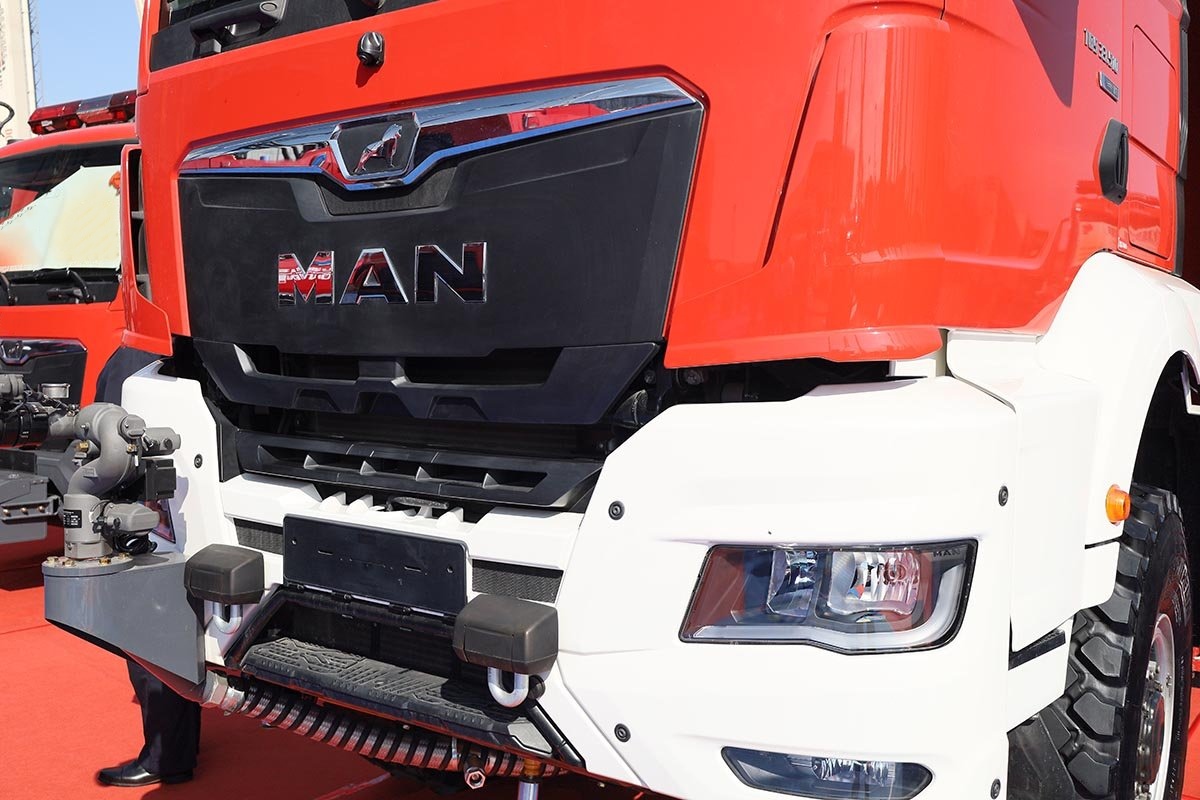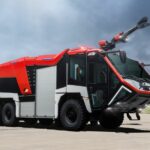Air travel has become 1 of the most common and safest modes of transportation in the modern world. However, safety does not only depend on aircraft engineering and flight operations—it also hinges on the swift and efficient emergency response systems in place at airports. One of the most critical components of airport emergency readiness is the Airport Rescue Firetruck (ARFF). These highly specialized vehicles are designed to respond to aircraft emergencies, both on the runway and in nearby areas. They are engineered for speed, power, and versatility, enabling them to reach and handle emergencies within strict time limits mandated by international aviation regulations.
This article explores what an airport rescue firetruck is, what makes it different from standard municipal fire engines, and why it plays a crucial role in aviation safety.
Definition and Purpose
An Airport Rescue Firetruck, often abbreviated as ARFF or simply known as a crash tender, is a type of firefighting apparatus designed specifically for aircraft crash response and airport fire emergencies. These vehicles are deployed to respond to aircraft incidents such as crashes, fires, fuel leaks, or even emergency landings. They are also responsible for fire suppression, rescue operations, and hazardous materials (hazmat) handling during aviation-related incidents.
The primary purpose of an ARFF truck is to provide the fastest possible intervention in the event of an aircraft fire or crash, thereby saving lives and minimizing damage. By the standards set by the International Civil Aviation Organization (ICAO) and the Federal Aviation Administration (FAA), airports are required to maintain a fleet of these specialized vehicles and staff them with trained personnel.
Unique Features of Airport Rescue Firetrucks
ARFF trucks differ significantly from standard fire engines in terms of design, performance, and capabilities. These vehicles are purpose-built to meet the unique challenges posed by aircraft incidents.
1. High-Speed Capability
Time is critical during an aircraft emergency. ARFF trucks are built on heavy-duty chassis with powerful engines, often capable of going from 0 to 80 km/h (50 mph) in under 25 seconds, even while carrying tons of water, foam, and equipment. This rapid acceleration allows them to reach any point on the airfield within the 3-minute response window required by the ICAO.
2. All-Terrain Mobility
Airfields often have large expanses of open land with uneven surfaces, grassy areas, or even gravel around runways. ARFF vehicles are equipped with all-wheel drive (AWD) and robust suspension systems to traverse challenging terrain quickly and safely.
3. High-Capacity Water and Foam Systems
Unlike municipal fire engines, which may rely on external water sources such as hydrants, ARFF trucks carry their supply of water (often up to 12,000 liters or more) and firefighting foam. They use specialized turrets (water/foam cannons) mounted on the roof and bumper to discharge suppressant at high pressure. Foam is critical in aviation firefighting because it creates a smothering blanket over flammable jet fuel, cutting off oxygen and suppressing re-ignition.
4. Dry Chemical and Halotron Systems
Besides water and foam, ARFF vehicles are equipped with dry chemical agents such as Purple-K or clean agents like Halotron. These are used for combating electrical fires or fuel fires in situations where water is ineffective or potentially hazardous.
5. Piercing Tools
Some ARFF trucks feature piercing nozzles or high-reach extendable turrets (HRETs) that can puncture aircraft fuselages to inject water or foam directly into the cabin or cargo areas. This is particularly useful when cabin access is limited due to heat, fire, or deformation.
6. Rescue and Medical Equipment
ARFF vehicles carry equipment for emergency medical response, extrication tools, respiratory protection, and thermal imaging cameras. Their crews are often trained in first aid and technical rescue to assist injured passengers or crew members quickly.
Types and Manufacturers
Several manufacturers around the world specialize in building ARFF trucks. The most well-known include:
- Rosenbauer Panther (Austria)
- Oshkosh Striker (USA)
- E-ONE Titan (USA)
- Ziegler Z-Class (Germany)
- Morita MARS (Japan)
These trucks come in various sizes and configurations depending on the airport’s classification and operational needs. Some airports operate 4×4 or 6×6 models for medium-scale responses, while larger international hubs may use 8×8 giants that carry tens of thousands of liters of extinguishing agent and advanced control systems.
Regulatory Standards
The design, equipment, and deployment of ARFF trucks are governed by aviation regulatory bodies:
ICAO Standards
The International Civil Aviation Organization sets global minimum standards for airport fire and rescue services. It categorizes airports into different levels based on the size of aircraft they accommodate. Each category requires a certain number of ARFF vehicles, agent quantities, and response times.
FAA Requirements
In the United States, the Federal Aviation Administration (FAA) enforces strict guidelines under FAR Part 139, requiring airports serving scheduled air carrier operations to maintain ARFF coverage with trained personnel, periodic drills, and specialized vehicles.
ARFF Personnel and Training
Operating an ARFF truck is not just about driving a big vehicle—it requires specialized training in:
- Aircraft structure and systems
- Jet fuel fire behavior
- Rescue techniques for trapped passengers
- Hazmat handling
- Rapid response protocols
Firefighters assigned to ARFF units undergo initial and recurrent training tailored to airport emergencies. Drills and simulations, often involving mock aircraft fires, are a routine part of preparedness.
Role in Real-World Emergencies
Airport Rescue Firetrucks have played key roles in various real-world aviation incidents. Their ability to arrive on-scene within minutes has saved countless lives. In many cases, the difference between a survivable crash and a tragic disaster lies in how quickly the ARFF team can suppress fire and extract passengers.
One notable example is the British Airways Flight 2276 incident in 2015, where an engine caught fire during takeoff in Las Vegas. The ARFF team responded in under 2 minutes and extinguished the fire before it could spread to the fuselage, enabling a safe evacuation.
The Future of ARFF Vehicles
Technology continues to evolve, and ARFF vehicles are no exception. Some of the emerging trends include:
- Hybrid or electric propulsion systems
- Advanced sensors and automation
- Augmented reality helmets for firefighters
- Remote-control firefighting systems
- Real-time data transmission for incident command
These innovations aim to enhance the safety, speed, and effectiveness of airport emergency response.
Conclusion
The Airport Rescue Firetruck is not just a fire engine—it’s a lifeline on wheels, meticulously designed to respond to the unique and high-stakes environment of aviation emergencies. From high-capacity foam tanks to specialized piercing tools and rapid response capabilities, ARFF vehicles are at the forefront of airport safety infrastructure.
Whether it’s extinguishing a jet fuel fire or rescuing passengers from a damaged aircraft, the presence and preparedness of an ARFF unit can make all the difference. As air travel continues to grow, the role of these extraordinary machines and the people who operate them will remain a cornerstone of aviation safety.
